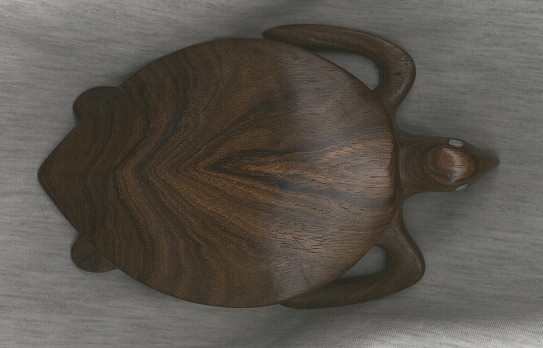Santa Cruz Islands Ndeni is the main island (area 518 km²),
with an extensive coral plateau in the western part, the remainder being
volcanic basalt rising to over 300 m. The island is densely wooded, with
a good network of rivers and creeks. The coast is mainly rocky but there
are beaches along the western parts while mangroves are common in the
bays and lagoons of the central and eastern portions of the southern
coast. The opening of a District sub-station and airfield at Graciosa
Bay in 1970 greatly improved communications.
The active volcano, Tinakula, rising to over 700 m, erupted in 1971,
leading to the evacuation of the single small village, used mainly by
Reef islanders visiting for gardening. |

Title: The Government Station at Graciosa Bay, Santa Cruz, 25 July 1971 |

Title: The RCS "Belama" at Luesalemba School, Santa Cruz, 7 July 1970. The active volcano Tinakula on the horizon.
|
| Reef Islands Group In 1970, the population was some 4000,
with 700 being Polynesians, mainly living on the outer low-lying coral
islands, such as Nupani and Nukapu. The Inner Islands are somewhat more
raised, up to 20 m, coral islands with extensive shallow reef area and
mangroves; these are inhabited by Melanesians. |

Title: Nupani Island, Reef Islands Group, 7 July 1970
|

Title: A Sikaiana Polynesian on a small Reef Island canoe, 8 July 1970 |
| The Duff Islands Occupied by Polynesians, around 200 in
1970, this is a compact chain of small islands of volcanic origin. The
main islands, Taumako, rises to around 400 m. Most of the people were
living on the ancient artificial island, Tahua, some 200 m offshore
within a shallow reef. There was a small village, Kahula, on the eastern
side of Taumako, and one family was living on Treasurer's Island. The
height of the islands means that the rainfall is quite high and there
are swamps on Taumako opposite Tahua. |

Title: The Duff Islands |

Title: Taumako Island, Duff Islands, 10 July 1970; with the artificial island village of Tahua, inhabited in 1595, when Mendana visited |
| Utupua This is a moderate sized island (area 78 km²)
of volcanic origin, rising to 400 m, densely wooded and surrounded by an
extensive coral reef. In 1970, a small Melanesian population, about 230
people, was distributed among several small villages and two larger
ones, Old and New Nembao. |

Title: Utupua Island, note the encircling reef |

Title: The encircling reef, Utupua, gap under 50 meters wide, 16 July 1970 |

Title: Melanesian villagers at New Nembao, Utupua Island, 15 July 1970 |
| Vanikoro A moderate sized island (156 km²) of volcanic
origin rising to nearly 1000 m. The height means that it is among the
world's wettest places, with an average of over 5000 mm per year. It is
heavily wooded and the high value Kauri Pine was subject to timber
operations based at Peu but abandoned in 1965. A great part of the coast
is covered in mangroves. In 1970 there was a small Melanesian village
(163 people) in one large village, Buma on Tevai Island, and 3 small
villages. |

Title: Vanikoro Island |

Title: Vanikoro Island, reputedly the wettest of all the Solomon Is., 14 July 1970; highest point 910 m asl. |
| Anuta Among the world's most isolated islands, Anuta is
very small (2.6 km²) and of volcanic origin. In 1970 a population
of 157 Polynesians lived in two villages on the low-lying southern end.
Some swampy areas were maintained for taro growing and there was an
interesting system of terraced gardening on the higher areas, with many
breadfruit pits used for fermenting the fruit. Apparently this system of
terracing was a relic traditional but abandoned in the Polynesian
islands far to the east. The villagers still had large outrigger canoes,
similar to those used in the great migrations, but now kept for visits
to harvest birds' eggs from the uninhabited Fataka Island. |

Title: Anuta Island |

Title: Anuta Island, 150 km from anywhere else, 12 July 1970; highest point to left 70 m. |

Title: Anutans on a small outrigger canoe, 12 July 1970
|
| Tikopia Although I visited Tikopia the weather and sea
conditions were too difficult for photography - we had to wade ashore
after disembarking from a dinghy into chest deep water. The island is
small (5 km²) and of volcanic origin, rising to about 400 m. It is
densely populated with (in 1970) 1040 Polynesians in several villages on
the low-lying southwestern and southern flat areas. Gardens and coconuts
extend high on the slopes. A freshwater crater lake, opening to the sea,
occupies much of the eastern half of the island and is surrounded by
swampy land. |

Title: Tikopia Island |
|



![]()